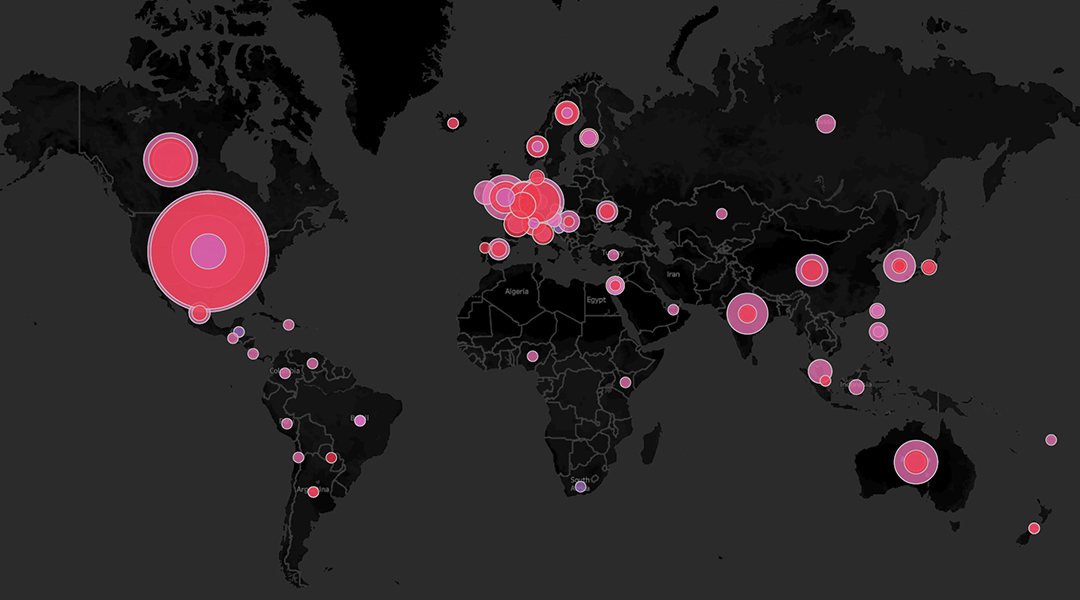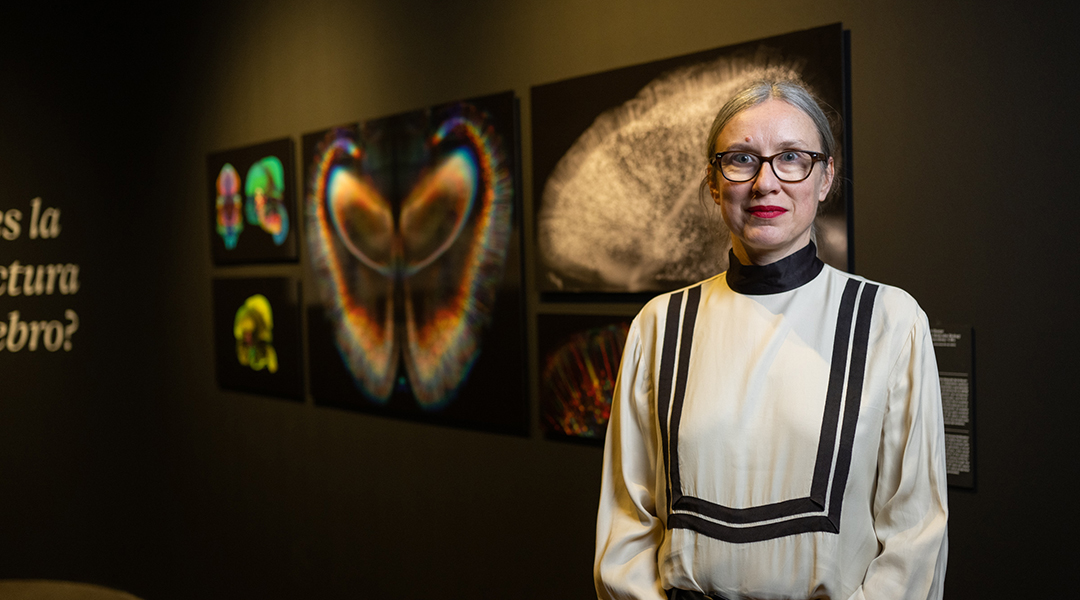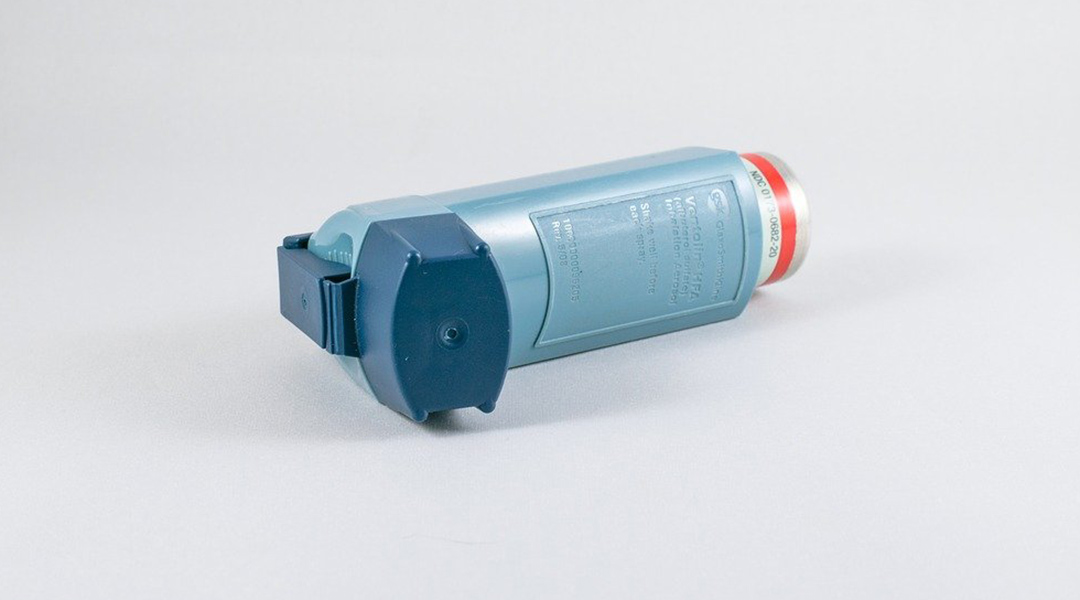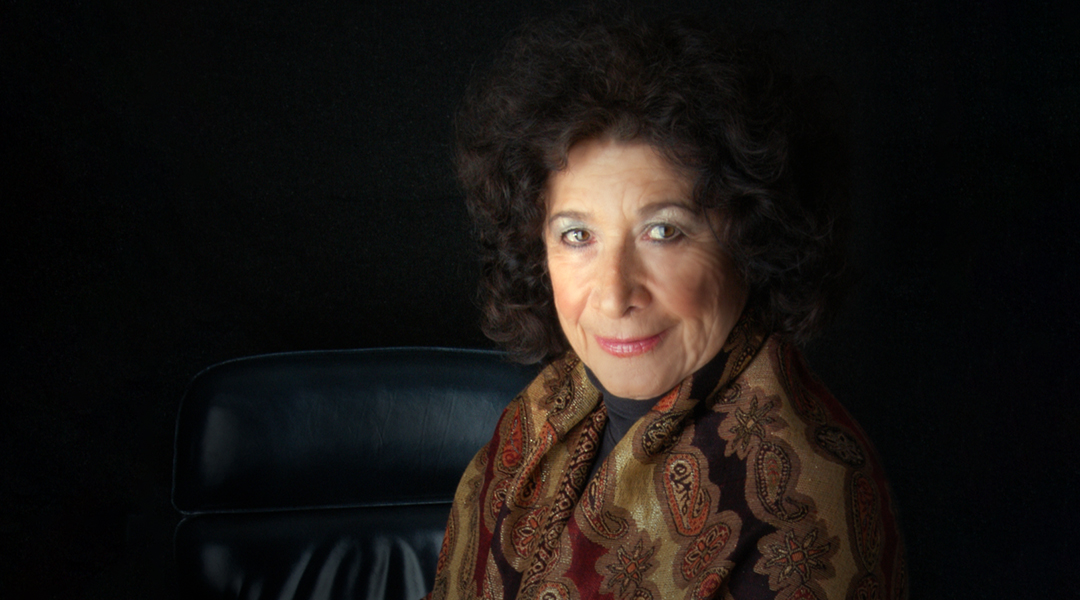The circular carbon economy is still in its infancy, and realizing it will require innovative processes for capturing and utilizing carbon.


The circular carbon economy is still in its infancy, and realizing it will require innovative processes for capturing and utilizing carbon.

Splitting water with light via photocatalysis to create hydrogen could help reach net zero emission goals if the process can be scaled up.

Some tumor cells were found to survive a bout of radiotherapy, eluding researchers by camouflaging as normal cells.

The exhibition Brain(s) uses artistic installations to explore unanswered questions and the relationship between science and culture.

Taking inspiration from plants, researchers demonstrate a proof-of-concept device that extracts hydrogen fuel from humidity using sunlight.

A uniquely sensitive, stretchable pressure sensor for prosthetics, soft robotics, and human-machine interfaces.

Analyzing patients’ urine samples allowed researchers to identify a biomolecule which could one day lead to developing a cure for asthma.

A new carbon capture technique called supercapacitive swing adsorption separates carbon dioxide from gaseous mixtures in the air and industrial flue gases.

The growing field of circadian biology is advancing our understanding of rhythms and represents a model of balance to help inform medicine.

Chemist, teacher, humanitarian, and peace activist, Zafra Lerman uses science to break down barriers and foster peace.